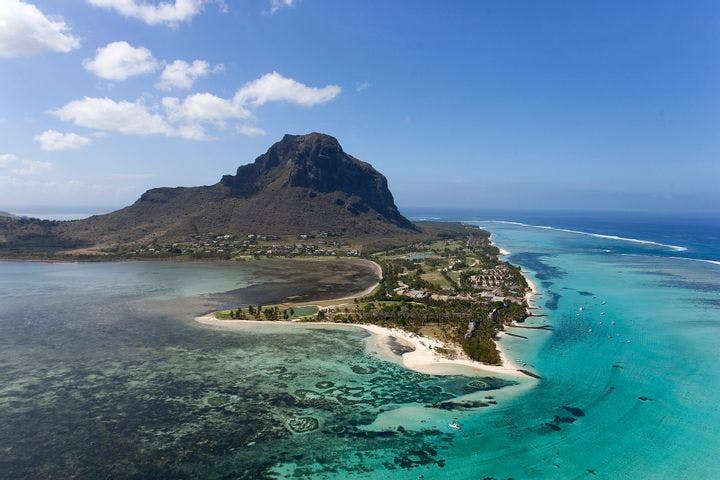Summer 2011
The Little Island That Could
– The Wilson Quarterly
The tiny island of Mauritius is one of sub-Saharan Africa's great success stories, but the reasons are not easy to describe — or duplicate.
Tiny Mauritius, an island nation in the Indian Ocean, is one of the richest, healthiest, and best-governed sub-Saharan African countries. Its per capita gross domestic product grew at an average rate of more than five percent annually from 1970 to 2010. (Africa’s average was about one percent.) It is consistently at the very top of regional rankings for governance and rule of law. Its life expectancy tops 70 and its literacy rate hovers around 90 percent. What is the secret to Mauritius’s success?
It’s not too hard to name sound institutions as important, but that answer doesn’t go deep enough, says Jeffrey A. Frankel of the Kennedy School of Government, at Harvard. How did those institutions come to be?
He cites two key achievements: the establishment of a strong manufacturing sector following independence in 1968 and the ability to navigate economic shocks over the years.
The tiny island of Mauritius is one of sub-Saharan Africa's great success stories, but the reasons are not easy to describe - or duplicate.
But still this answer doesn’t satisfy. What made those achievements possible? Frankel points to five factors: the lack of a standing army, which has allowed the country to put more money into education and health; the establishment of a special export zone that has protected domestic businesses from high taxes and high minimum wage requirements; the good luck of receiving trade preferences from several rich former colonial powers (in part due to Mauritius’s location en route to East Asia); astute diplomacy in early trade negotiations; and a competitively valued currency.
Frankel says that Mauritians also have capable leaders to thank—particularly the first prime minister, Seewoosagur Ramgoolam, who held office from 1968 to 1982—for smart choices, in addition to a parliamentary system that has ensured minority representation.
Still, there may be more to the Mauritian puzzle. Before the Dutch landed there in 1598, Mauritius was completely uninhabited. Frankel says that the lack of an indigenous population has spared the country the ethnic conflict that can emerge when a native group must grapple with colonists and other immigrants. It may be no accident that two other African countries that often rank highly are Seychelles and Cape Verde—both island states lacking an indigenous population.
That’s not to say, though, that Mauritius’s policies can’t be replicated elsewhere in Africa, only that it could be hard to do so.
THE SOURCE: “Mauritius: African Success Story” by Jeffrey A. Frankel, in National Bureau of Economic Research Digest, May 2011.
Photo courtesy of Flickr/Sofitel So Mauritius
